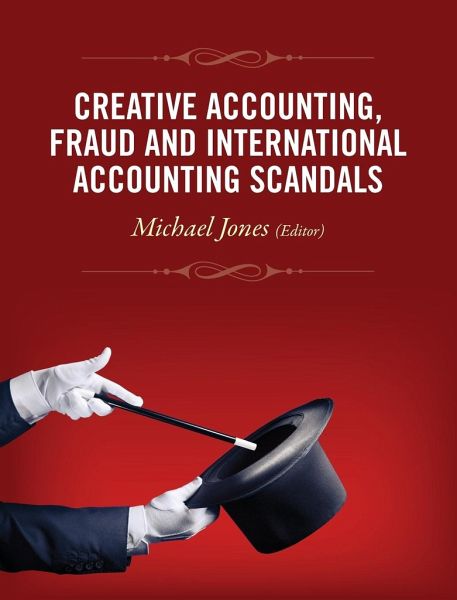
Creative Accounting, Fraud and International Accounting Scandals
Versandkostenfrei!
Versandfertig in über 4 Wochen
93,99 €
inkl. MwSt.
Weitere Ausgaben:

PAYBACK Punkte
47 °P sammeln!
Business scandals are always with us from the South Sea Bubble to Enron and Parmalat. As accounting forms a central element of any business success or failure, the role of accounting is crucial in understanding business scandals. This book aims to explore the role of accounting, particularly creative accounting and fraud, in business scandals. The book is divided into three parts. In Part A the background and context of creative accounting and fraud is explored. Part B looks at a series of international accounting scandals and Part C draws some themes and implications from the country studies.




